What if everyone could name their favourite farmer? We can often name our favourite chefs, dream to visit their restaurants, or buy their cookbooks. But when asked to name a single farmer, many draw a blank. This anonymity isn’t just a symptom of a broken food system—it’s one of its root causes. To scale regenerative-organic agriculture and make it the industry standard, we need more than new practices; we need new role models. This was a key discussion point on our podcast episode with Analisa Winther, co-founder of Top 50 Farmers.
The Imperative to Scale Regenerative Farming
Regenerative-organic agriculture encompasses farming principles and practices designed to restore and enhance the farm’s entire ecosystem. It prioritises improving soil health, optimising water cycles, increasing biodiversity, and sequestering carbon, ultimately aiming to produce nutrient-dense food while working in harmony with nature.
Currently, such regenerative practices are implemented on approximately 15% of global cropland. According to World Economic Forum, to meet climate goals and ensure food system resilience, this figure ideally needs to increase to 40% by 2030. The way Winther see’s it, one way to encourage regenerative farming expansion is to bring top farmers to the spotlight.
Launched in 2025, Top 50 Farmers was inspired by how the gastronomy world transformed chefs into celebrities. Now, the focus shifts from the food we eat and its cooking techniques, to what that food eats: the nutrients in the soil, and the regenerative practices that generate it. The first cohort of farmers ranges from 26 to 70 years old, with farms stretching from a half hectare to 4,000 hectares in size.
Too often, regenerative agriculture is perceived as young, modern, small-scale: niche. This can alienate the very farmers we need to engage: the ones who have worked the land for decades, often in conventional systems, who are curious and considering change but may be unsure how to begin their transition. By amplifying stories across generations, scales, and methods, Top 50 Farmers offers a vision of a regenerative movement that is inclusive, grounded and real.
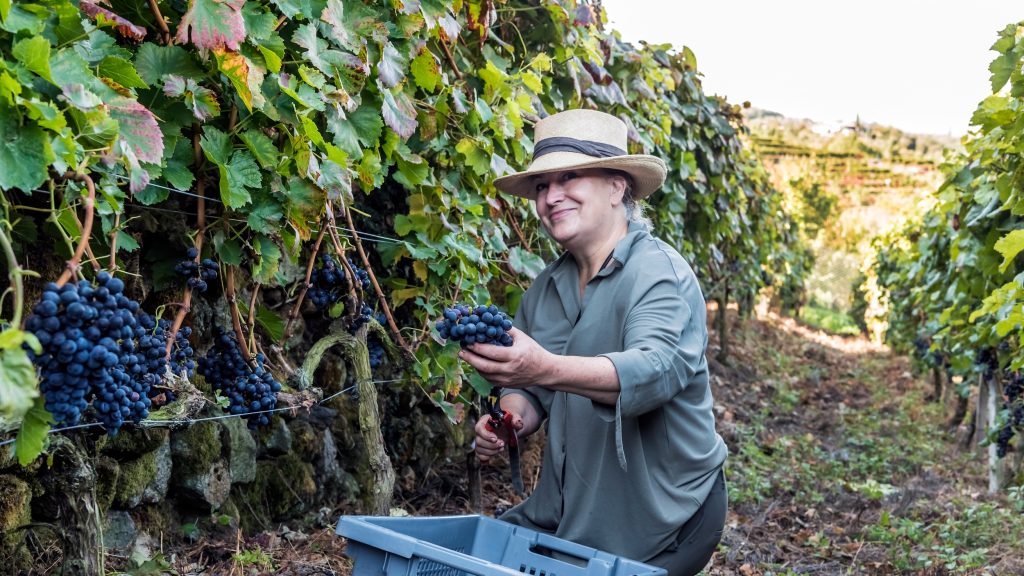
Why does visibility matter?
Visibility has tangible economic consequences. When farmers become household names, the value of their produce—and the standards behind it—gain weight. Visibility can lead to policy influence, new markets, and stronger community ties.
It also breaks the cycle of anonymity that enables disconnection and devaluation within the food system. As Cristina, our Head of Impact and podcast co-host, put it, “When you’re a farmer that is producing for anonymous consumers through big channels like supermarkets, you’re not necessarily held accountable. It’s very unlikely the consumer will ever be able to trace the product back to you.” But with a name, a face, and a story, the relationship changes, there is commitment and accountability from both sides. Consumers commit to paying fair prices, accepting produce that doesn’t come in standard shapes and sizes, and farmers commit to delivering the best quality and staying true to their word — they can now be held accountable. The result is a deeper trust and understanding, longer relationships (like adoptions), and eventually better food and more sustainable farming practices.
“That’s exactly why models like direct sales, adoption programmes, or agro-tourism matter. They aren’t just marketing tools. They are vehicles for building long-term, reciprocal commitment.” – Analisa Wither
Regeneration is a journey, not a destination
Although at CrowdFarming we do have our definition of what regenerative agriculture is and how it coexists with the organic certification, there is no consensus across the industry for what makes a farm “regenerative.” There are no red lines, and that’s part of the challenge—and the strength—of the movement.
Analisa reminded us that “regenerative is not a destination. It is a mindset, a philosophy, and an approach”. Farmers in the Top 50 are at different points in their journey—some just starting out, others continuing multi-generational practices. What unites them is a willingness to learn, adapt and build with nature. The focus isn’t on perfection, but on direction. The community created allows them to connect, and share their progress. And as we’ve figured out by now, there is no better way to learn about something than to talk about it to somebody who has tried it before you.
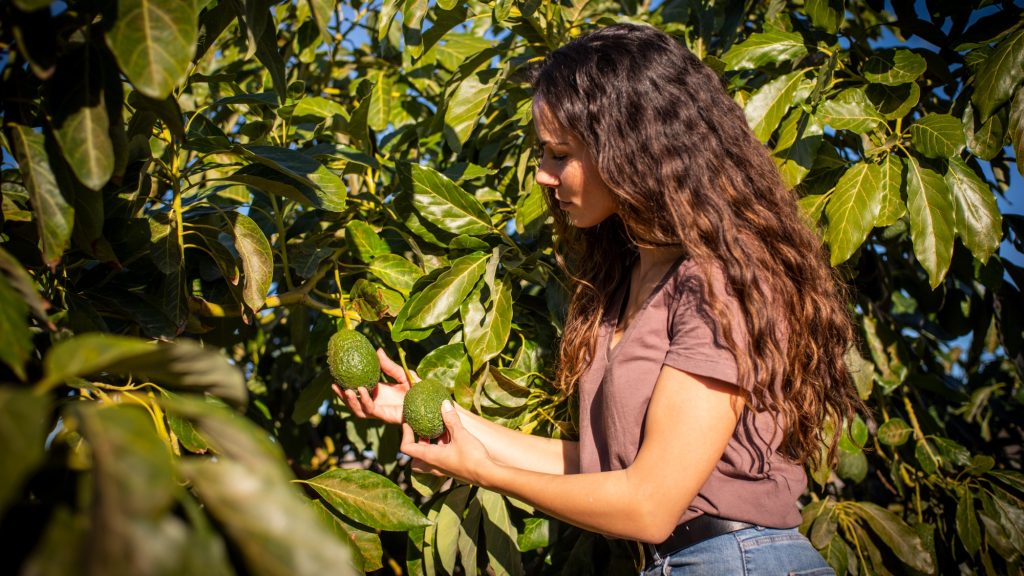
The path forward: Inspiration and infrastructure
Our shared long-term vision is bold but necessary: “Regenerative-organic agriculture will be the industry standard once again”. That will require not only cultural shifts but systemic support. More farmer-focused policies. Better access to knowledge. Tools for financing and cooperation.
And visibility.
Because the more we see the people who grow our food—not as faceless suppliers but as innovators, entrepreneurs, and role models—the more we understand what’s at stake. Because if the diverse mix of farmers from each cohort gains the confidence to go back to their communities and share what they’ve learned in their journey, that might get the mind shift started for others.
“We’re not trying to crown the ‘best’ farmer. There is no best. What matters is showing the breadth of ways people are already regenerating—on a half-hectare in Lithuania or on 4,000 hectares in France. What matters is shining a spotlight, so others can see themselves in the story.” – Analisa Wither



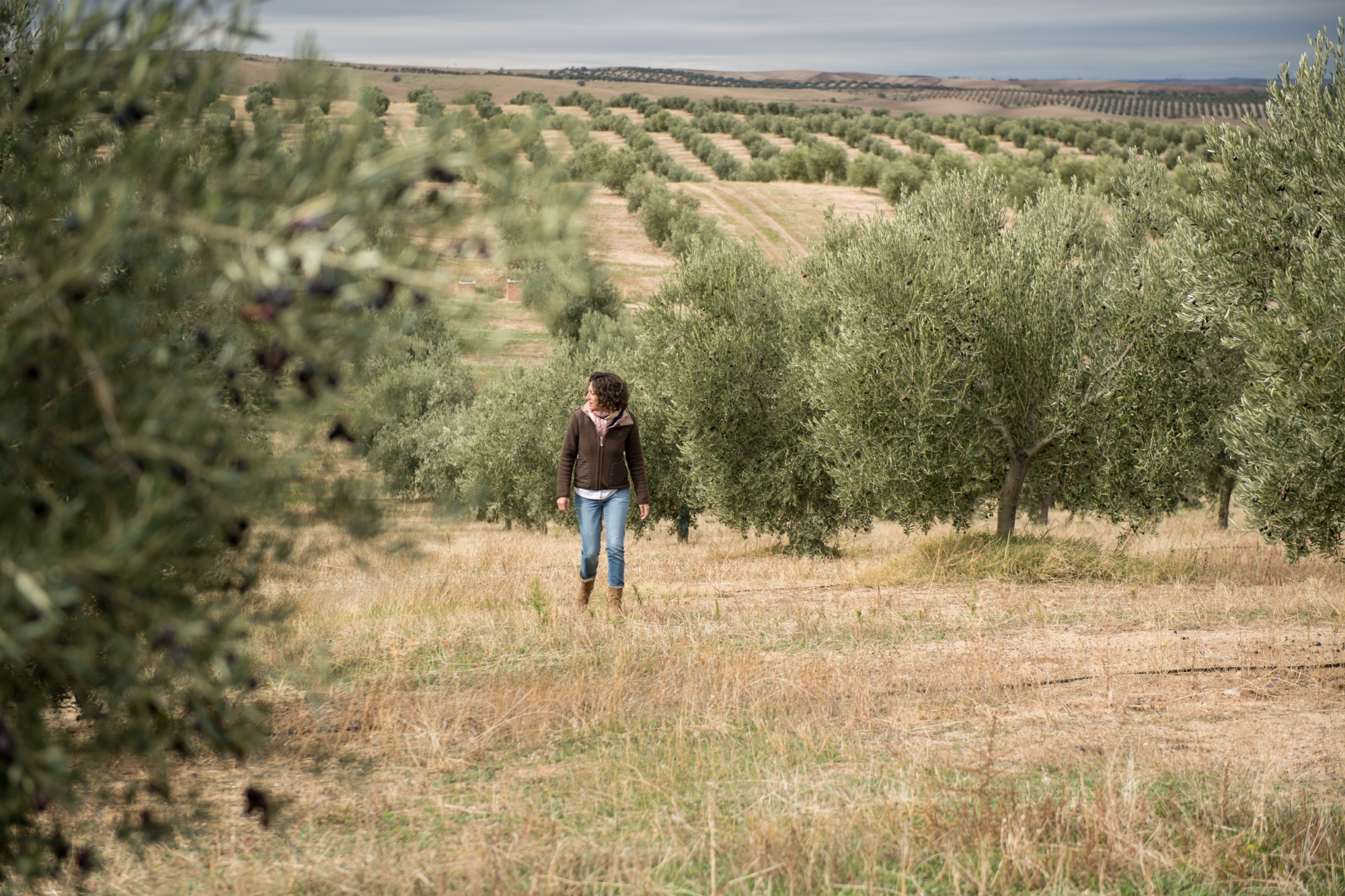
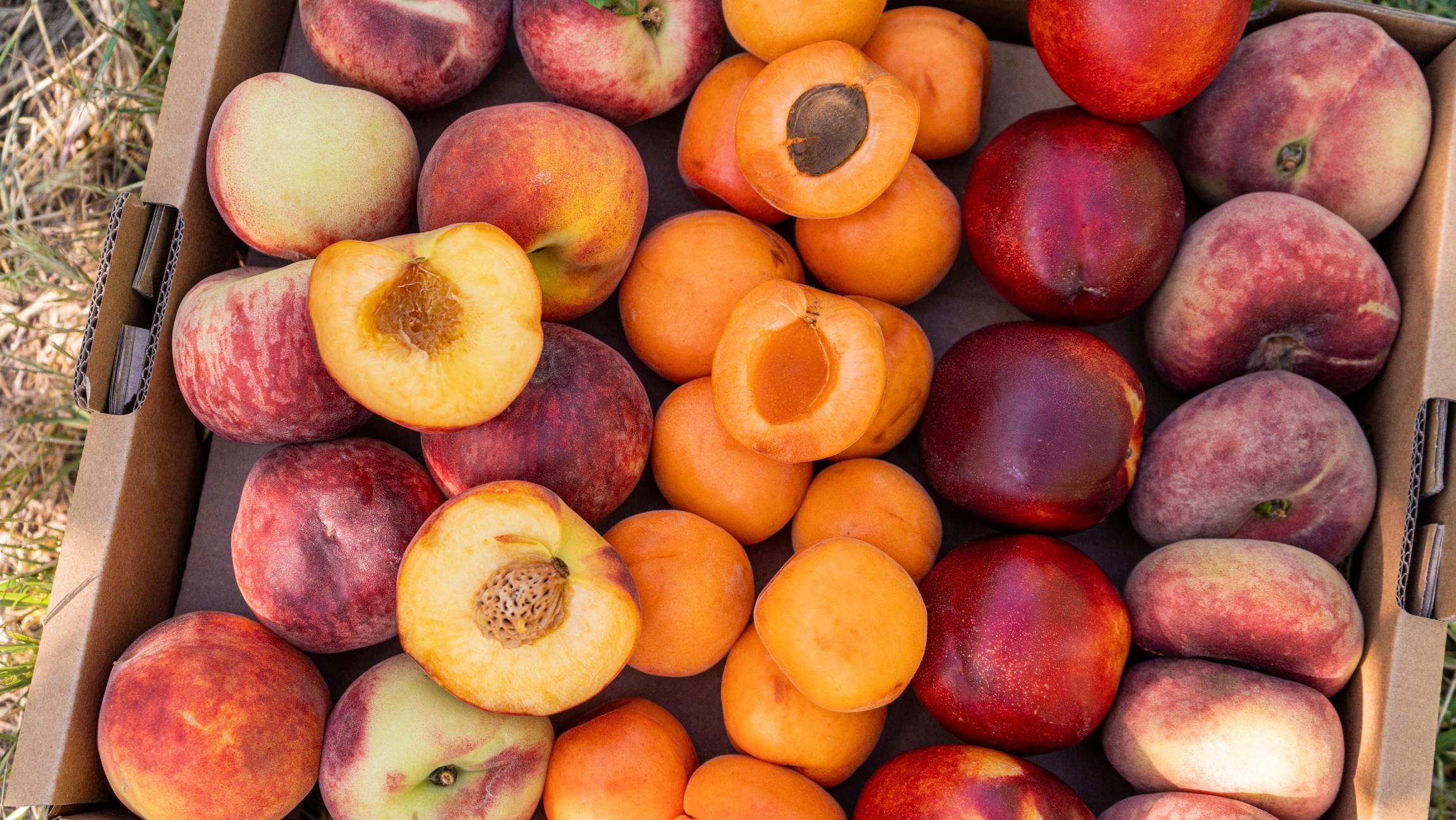

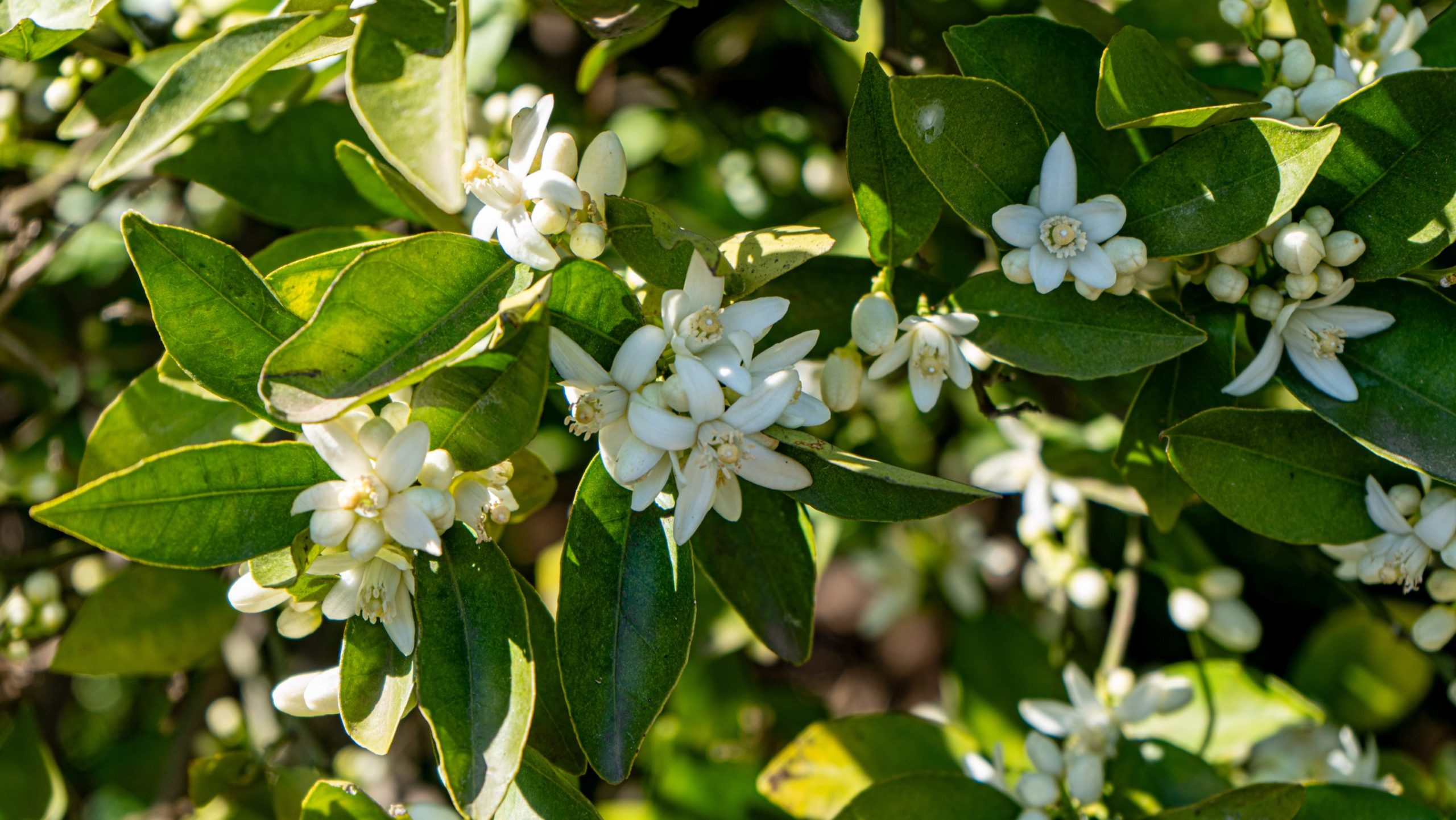
Comments
Please note that we will only respond to comments related to this blog post.